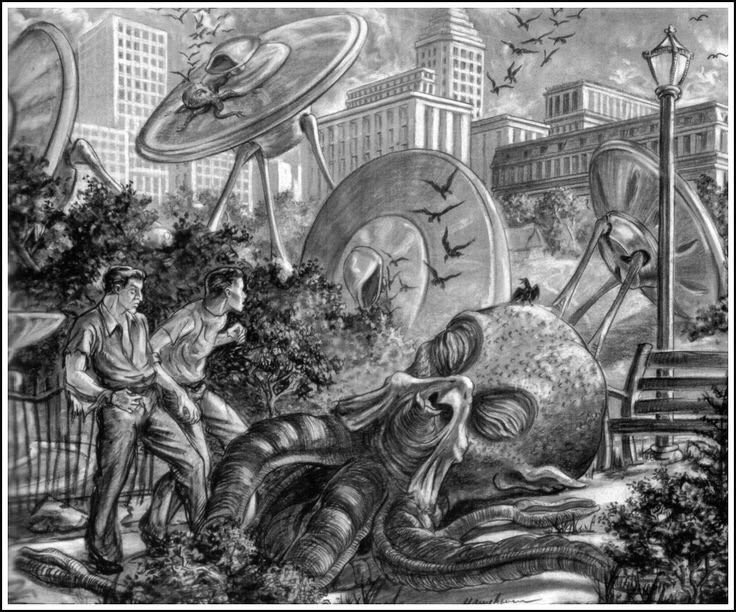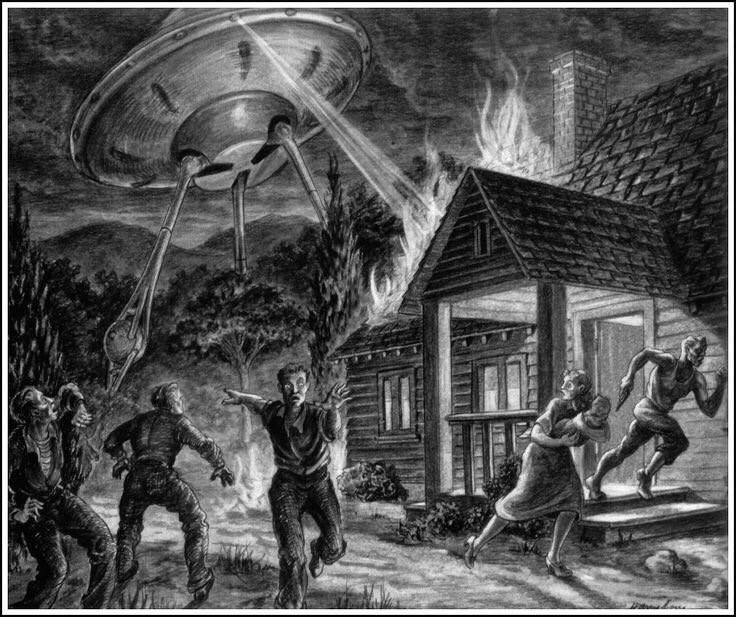“Nothing is more important than television,” said J.D. Salinger (as impersonated, that is, in an episode of Bojack Horseman). A passive, pacifying medium—“cool,” as Marshall McLuhan called it—TV has also long been an easy target for punditry, for many decades before the perpetrator du jour, video games. Television spread ignorance, was “the drug of the nation,” said Michael Franti, peddled fake heroes on “channel zero,” said Public Enemy, and would lead to an “electrical re-tribalization of the West,” McLuhan predicted (and further explained in this interview).
Marion Stokes set out to do more than any of the men above who made pronouncements about television. She dedicated her life to preserving the evidence, taping television news for over 33 years, from 1979 “until the day she died,” writes the Internet Archive, who now hold Stokes’ “unique 71k+ video cassette collection” and intend to digitize all of it. Stokes “was a fiercely private African American social justice champion, librarian, political radical, TV producer, feminist, Apple Computer super-fan and collector like few others.”
She “questioned the media’s motivations and recognized the insidious intentional spread of disinformation…. Ms. Stokes was alarmed. In a private herculean effort, she took on the challenge of independently preserving the news record of her times in its most pervasive and persuasive form—TV.” She also preserved three decades of televised critiques of television. She began making her archive at the beginning of the Iran Hostage Crisis on November 14, 1979. “She hit record and never stopped,” her son Michael Metelits says in Recorder: The Marion Stokes Project, “a newly released documentary,” reports Atlas Obscura, “about [Stokes] and the archival project that became her life’s work.”
In one remarkable example of TV critique, at the top, we see William Davidon, professor of Physics at Haverford College, decrying television for spreading ignorance, social irresponsibility, and passive consumption, making people unable to participate in the political process. The roundtable discussion took place on a 1968 episode of Input. A little over a year later, writes the Internet Archive, Davidon “would take an action of great social consequence,” breaking into an FBI field office with seven others and stealing the evidence that “revealed COINTELPRO.” (They were never caught, and Davidon’s role only came out posthumously.)
Then known as Marion Metelits, Stokes co-produced Input, a local Philadelphia Sunday morning talk show, with her future husband John S. Stokes Jr., and both of them appear on the program above (both credited as representing the Wellsprings Ecumenical Center). The conversation ranges widely, with Ms. Metelits and Davidon spiritedly defending “human potential” against too-rigid systems of classification and manipulation. There are a few dozen more episodes of Input currently at the Internet Archive, with panels featuring academics, activists, and clergy (such as the episode explaining, sort of, the “Wellsprings Ecumenical Center.”)
It’s a hard-hitting, controversial show for a local broadcast, and it gives us a detailed view of a range of both popular and radical positions of the time, including Stokes’, which we can learn more about in the journals, notes, lists, newspaper and magazine clippings, pamphlets, leaflets, handbills, and more she collected since 1960, many of which have also been digitized at the Internet Archive. Stokes backed her views with action. She was “surveilled by the government for her early political activism,” Atlas Obscura writes, and “attempted to defect to Cuba” with her first husband Melvin Metelits. She kept her recording project private, “eschewed Tivo” and “never sent an email in her life.”
She also made a small fortune in Apple stock, which funded her project and “the massive storage space she required as the sole force behind it.” Stokes left us no doubt as to why she documented thirty years of TV news. But those documents get to speak for themselves—or they will, at least. Stokes recorded far more than her own program, three decades more. And the Internet Archive is currently “endeavoring to help make sure” the entire collection “is digitized and made available online to everyone, forever, for free.”
If television had, and maybe still has, the power ascribed to it by its many astute critics, then Marion Stokes’ painstaking archive offers an invaluable means of understanding how we got to where we are, if not how to change course. Stokes’ collection, and the documentary about her life, show “how the news was going to evolve into an addiction,” as Owen Gleiberman writes at Variety. The project took over her life and fractured her relationships. “Even if you’re obsessed with the inaccuracy of TV news, it has still entrapped you, like a two-way mirror that won’t let you see the other side.” If the medium is the message, the other side might always be more television.
via Atlas Obscura
Related Content:
Hear Marshall McLuhan’s The Medium is the Massage (1967)
Josh Jones is a writer and musician based in Durham, NC. Follow him at @jdmagness















